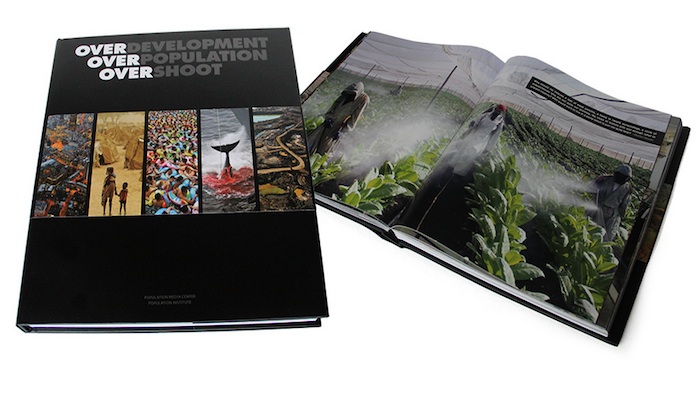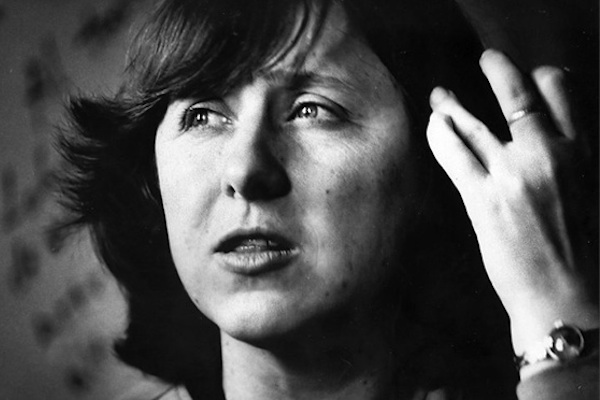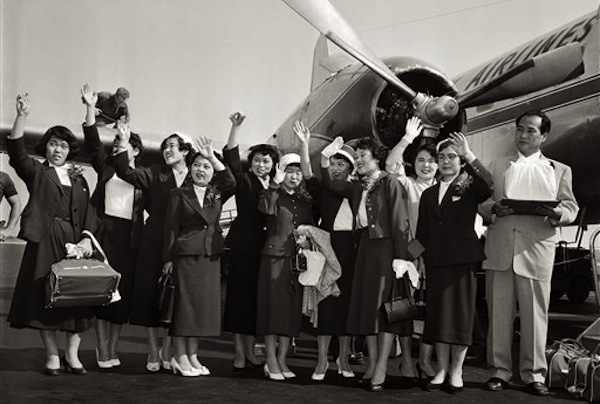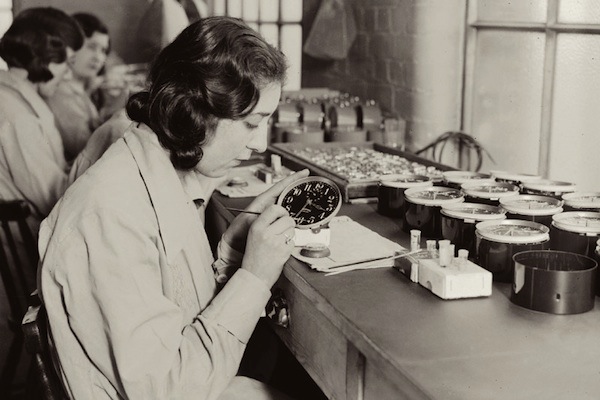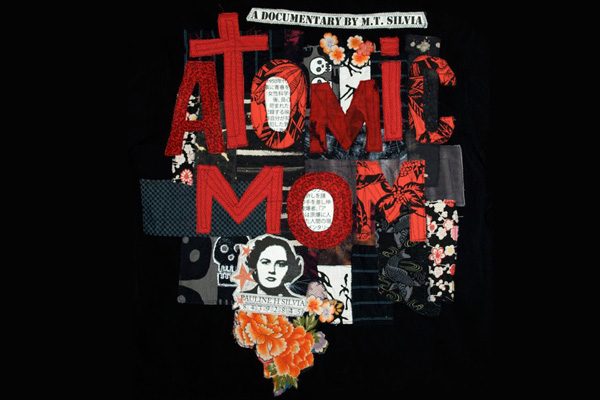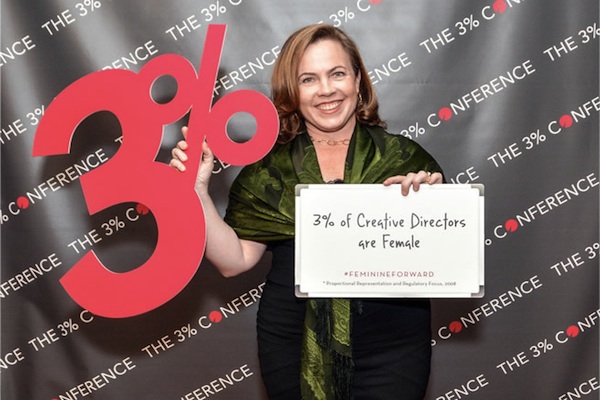Visit San Francisco, and you might see a bicycle whizzing past with dozens of bouquets. While receiving flowers always makes people smile, Farmgirl Flowers gives people even more reasons to smile—sustainable practices and American-grown flowers. Here, Farmgirl Flower founder Christina Stemble talks with Urban Farm about how she keeps her blooming business—now nationwide—in line with her mission of sustainability. How did Farmgirl Flowers get its start? I started Farmgirl Flowers about five years ago, in Nov. 2010, with an idea of how to change the way flowers are purchased in the U.S. I’d like to say I started the business because I have a passion for flower, but in truth it wasn’t a burning desire to work with flowers: It was a dream to start a business that did something good. When working at Stanford University as the director of alumni relations and campaign outreach for the law school, I noticed that the flowers we would order for events cost more than I thought they should. That led me to start researching the flower industry, which is when I found that it was a huge industry, but with a tremendous number of problems and very little innovation. So I set […]
Continue reading... →A provocative new environmental book, has become an international media sensation. Featuring over 200 heart-wrenching images, the powerful book brings stark attention to the growing crises posed by overdevelopment and human population size and growth. There are thousands of essays, articles and books dealing with population but “Overdevelopment, Overpopulation, Overshoot” provides a convincing new way of understanding the impacts of population size on human welfare and nature. Through well-chosen quotes, and stunning photographs, this largely visual presentation documents the realities and role of burgeoning human numbers on a broad variety of important areas including the destruction of wildlife and natural systems, air and water pollution, food insecurity and climate change. This consequential book should be read by political leaders, development planners, and the public to bring about an end to the current neglect of voluntary family planning. As Nobel laureate Henry W. Kendall noted “If we do not voluntarily bring population growth under control in the next one or two decades, nature will do it for us in the most brutal way, whether we like it or not.” –J. Joseph Speidel, Co-Director, UCSF Bixby Center for Global Reproductive Health Advanced copies of the large format coffee-table photo-thriller were released in […]
Continue reading... →Women and wine go together like men and beer during the Super Bowl. Except with a lot less shouting and high-fiving. Perhaps it’s the relaxing sensuousness of opening and pouring a bottle, or maybe it’s the swirling and slow sipping that we love. Or maybe it’s just the fact that wine in all its varieties and styles is quite a fascinating, delicious, and beautiful part of the human experience. It’s not that women don’t love a good beer—we most certainly do. But wine is special. It can be sophisticated without pretention. It satisfies. It tells a story. And for women sommeliers, their story is only beginning to be told. A sommelier knows more about wine than most people will ever even think to ask. In our food and wine-pairing world, the wine expert is a necessity, of course. But master sommeliers are rare, women among the ranks, even more rare. That is now changing. In this enlightened era, only 32 of the world’s 229 master sommeliers—that’s just under 14 percent—are women,” reports Bloomberg. “Canada has two. Three-quarters of them ply their trade in the U.S.” Men have long dominated the sommelier industry, bringing an air of arrogant, snooty wine knowledge […]
Continue reading... →
